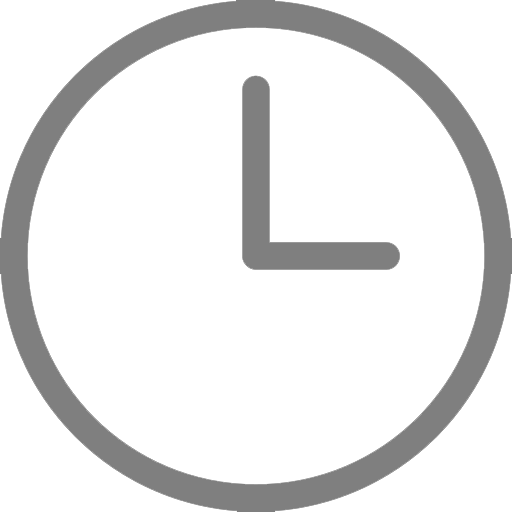When teaching negotiation skills courses, I used to use the comparison with climbing a mountain as an example of an event that you should always prepare for thoroughly before starting. As we prepare to climb Mt. Kilimanjaro at the end of June and early July, this example came back to me. As a rule, in business negotiations, if you are not prepared for the negotiation, you increase your chance of failure. Attempting to climb a mountain that is just under 6,000m without preparing will also increase the chance of failure. Time to prepare!

Our preparation for the climb has been in two areas, building some fitness and ensuring that we have the equipment that we might need. Working on our fitness has led to increased activity levels with more walking and cycling to improve cardio-vascular strength and some resistance work to build muscle strength in our legs. Having to walk up a 40-step, relatively steep staircase to enter our apartment gives us a head start, but we have added some extra leg exercises.
Identifying the equipment we would need was more interesting than the physical fitness side, especially as many areas have a wide selection of choices. The level of technology and capability of trekking and climbing gear has undoubtedly taken a leap forward in the 20 years since I last climbed over 5,000m. We were given a list of what to bring by the guide that will lead us up the mountain – our task was to select the correct items that would work best for us.
One of the primary factors to consider is ensuring that whatever we take is enough to keep us warm and dry under all possible conditions we could encounter on the mountain. June and July are the coolest months on the mountain, and temperatures can fall to -20C. This means that sleeping bags must be capable of keeping us warm through the night when we are not active and taking a layered approach to clothing to handle temperature fluctuations.
We are now the proud owners of two very highly specified sleeping bags that pack down to a relatively small size, and we will use good quality sleeping mats to insulate us from the cold, so night-time warmth looks assured. Add in the tent as the exterior layer, and we should be as snug as we need to be through the nights.
Selecting the correct clothing proved to be much more of an adventure as it may or may not rain, and we start climbing from 2,389m when shorts and t-shirts could be enough if it is dry. We do have the positive starting point of already owning good walking boots that have been thoroughly worn in, and the advice from our guide was to wear or carry our boots as hand luggage for the flights as they are irreplaceable at short notice.
When we are climbing, our porters will carry our bags, so there is a maximum weight of 15kg per person. The rest goes into our day sacks. This means that meticulous selection is required to ensure that we have the clothing to match any weather conditions, from shorts to woolly hats. We also need mosquito repellent, sunblock, a medical kit, high-altitude sickness tablets, water bottles, energy snacks, and a host of other support items. Suddenly, 15kg plus a daysack seems like very little space.
We have taken all these considerations into account and our individual heat generation profiles – I create a lot of heat naturally, so my concern is not getting too warm. Marilena does not generate so much heat, so she needs warmer clothing or more layers (or both!). We now have a collection of different thickness clothing that we can use as part of a layered approach with breathable waterproof jackets and trousers. Whilst the technology of outdoor gear has increased significantly over the last 20 years, it is still the usual suspects making and selling it. For my last major climb, I used clothing from North Face, Berghaus, Fjallraven, and Patagonia. My bag will again contain clothing from each of these companies, so there is some comfort in continuity.
Comparing the preparation for climbing a mountain with the preparation for a negotiation led me to reflect on how procurement tools have also improved massively over the years. A disadvantage faced by many procurement professionals is access to clean, accurate spend data, as the opposing sales team usually has all the data that they need at their fingertips. It makes me proud to say that ProcureVue can really help procurement teams with their negotiation preparation by cleaning, harmonizing, categorizing, and visualizing spend data so that it is clearly understood and can be used to support a supplier negotiation. Whether you are about to climb a mountain or negotiate the terms of a critical supplier contract, you need to be prepared before starting on either journey.

/ProcureVue%20Logo%20-%20Dark%20Background%20(6).png)
/Vue%E2%84%A2%20Logo%20-%20(Dark%20Blue).png?width=692&name=Vue%E2%84%A2%20Logo%20-%20(Dark%20Blue).png)
